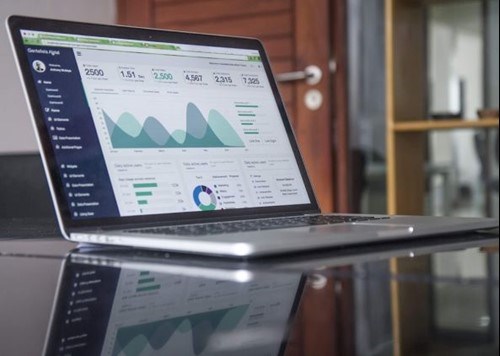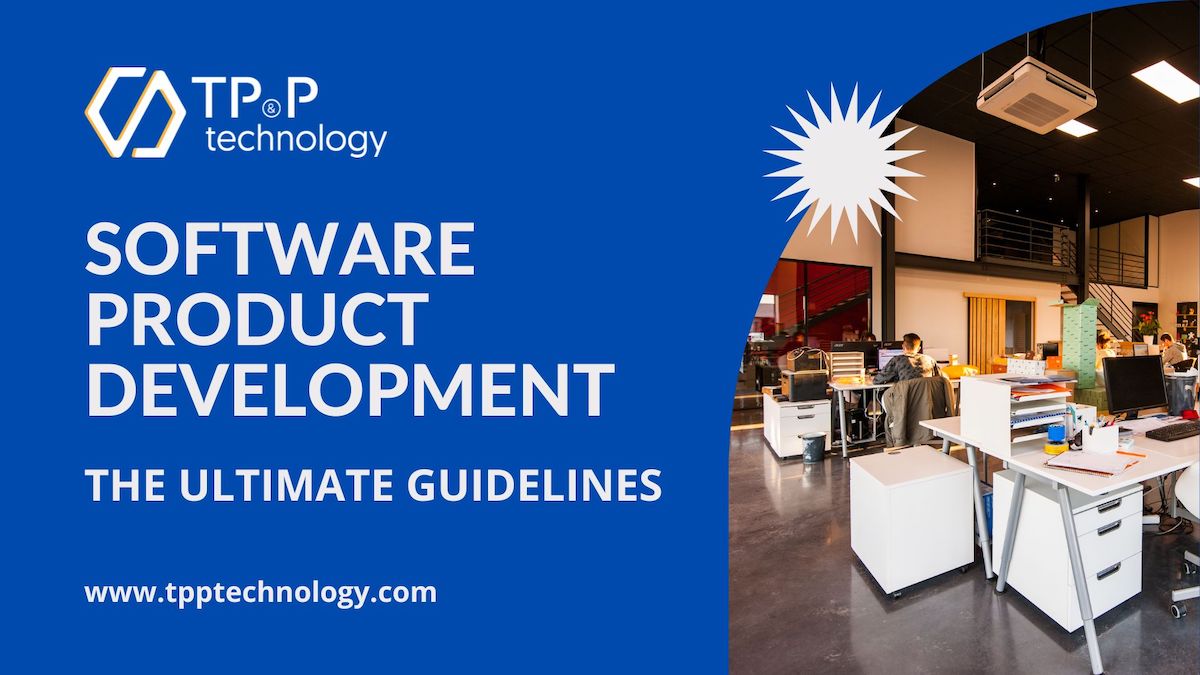
Predictive Analytics in Sales & Marketing: Benefits of Predictive Analytics
We are in the midst of the digital economy, where business data is generated at a very enormous volume on a daily basis (2.5 quintillion bytes of data a day), and deriving insights out of such data is one key challenge that business organizations in all industries are facing.Successfully analyzing data and derive insights can help companies to have a better understanding of customers' behaviors and their spending habits, adequately respond to the increasing demand by consumers. Additionally, this also allows the marketing and sales team to create better and more effective marketing campaigns, executing cross-selling and up-selling more efficiently, etc.

In this article, we explore how adopting the new technologies of machine learning and especially predictive analytics can help businesses gain greater insight into their business and customers as well as the market, making more accurate business predictions and guide business to greater success.
The Importance of Predictive Analytics in Sales and Marketing Activities
Today, one of the pre-requisite and most effective ways for businesses to stay competitive in the market is to provide their customers with a highly personalized experience, custom-tailored to customers' shopping behaviors and meeting their demand.
Adopting a data-driven strategy and advanced analytics tools enable businesses to determine and effectively understand their buyers’ persona. Businesses that successfully adopted Predictive Analytics together with Machine Learning technology understand that only capturing and storing data wouldn’t produce any actionable insights for effective sales and marketing. It’s critical that companies are able to discover and predict customer insights to drive tangible business value and profitability.
This is where predictive analytics and machine learning technologies become necessary and can help a business make an impact. Predictive analytics use historical data and Machine Learning algorithms to predict future outcomes. Predictive analytics also take into account different factors such as trends, cycles, and fluctuations, etc. in the business data to make predictions.
For example, the sales team may use predictive analytics to project sales revenue in the upcoming period, or forecast the likelihood of conversion from the monthly trial subscription users and take appropriate actions to improve the results.
Predictive Analytics and Machine Learning technologies are superior to some other traditional technologies in the sense that it is designed to take care of businesses activities in both the present and future.
Not only actionable business insights allow organizations to understand exactly what their customers really want and give them just that, Predictive Analytics and other machine learning technologies can also discover hidden pattern, telling data-driven story and provide recommendations to customers on the products/services that they are very likely to be interested in.
Hence, instead of delivering irrelevant or generic information, adopting machine learning together with predictive analytics can help companies to determine the best type of marketing activities and content that resonate with their customers, which in turn deliver a highly personalized experience to customers as needed.
Benefits of Predictive Analytics for Businesses.
In the new digital economy, one customer may engage with brands via multi-channels at various touch-points throughout their shopping journey. While each of the channels (e.g. Social Media, Website, In-Store, Call Center, etc.) provides opportunities for businesses to serve and attract customers as well as prospects, the need for businesses to consistently offer better and better experience to their customers also increases.
In order to have a complete 360-degree view of customers and deriving insights from customers’ data, no doubt businesses will need a data-driven approach so that they can generate more precise insights, improving their planning process.
Here are some of the areas where machine learning and predictive analytics will prove to have major impacts:
- Budgeting – Companies can use predictive analytics to forecast more accurately their budgeting needs, instead of having to speculate and rely on the old models of "what-if". As a result, collaborations between departments can be improved for better team-works.
- Customers’ insight– as mentioned above, advanced analytics can help businesses produce actionable customer insights predicting future actions by consumers. Companies can use this information to create better products/services tailored specifically to their customers. Similarly, companies can also apply this principle to increase the conversion rates as well as improve customers’ loyalty, reward program, and more.
- Cost reduction - With the customer lifecycle becoming shorter and getting more complex, adopting predictive analytics and machine learning technology will help companies to have more effective marketing campaigns, resulting in the reduction of expenses while generating more revenue.
- Gaining perspective – Business organizations can implement predictive analytics to gain insights into the future success of their new products and/or services. This is especially helpful when there is insufficient historical data available to make a forecast or when the past is not indicative of the future. Predictive analytics assist companies in making informed decisions in the absence of past experience.
- Etc.
Conclusion
Predictive Analytics provide immense benefits and help companies generate more accurate forecasts for business outcomes. However, each business is different and, will require different tools for different areas of analytics.
Additionally, many companies also currently encounter other difficulties when it comes to applying machine learning and predictive analytics across their businesses. This is particularly due to some are still operating from the old silo models of legacy systems - with no central place for users to access business data, together with a limited technical capacity to thoroughly analyze and make sense of those data.
Building a successful data-driven business approach requires buy-in and participation from all levels within the organization, including management and staff across departments.
All level participation will help companies internally assess their current business conditions, identifying the biggest weaknesses and opportunities for growth - in order to determine if predictive analytics can help to solve those business challenges and drive growth.
Once business understands their exact needs for advanced analytics in regards to sales and marketing activities, they can start evaluating options to implement Predictive Analytics for their businesses.
Contact TP&P Technology today to find out how we can help your organization's Predictive Analytics & Machine Learning requirements.
References:



